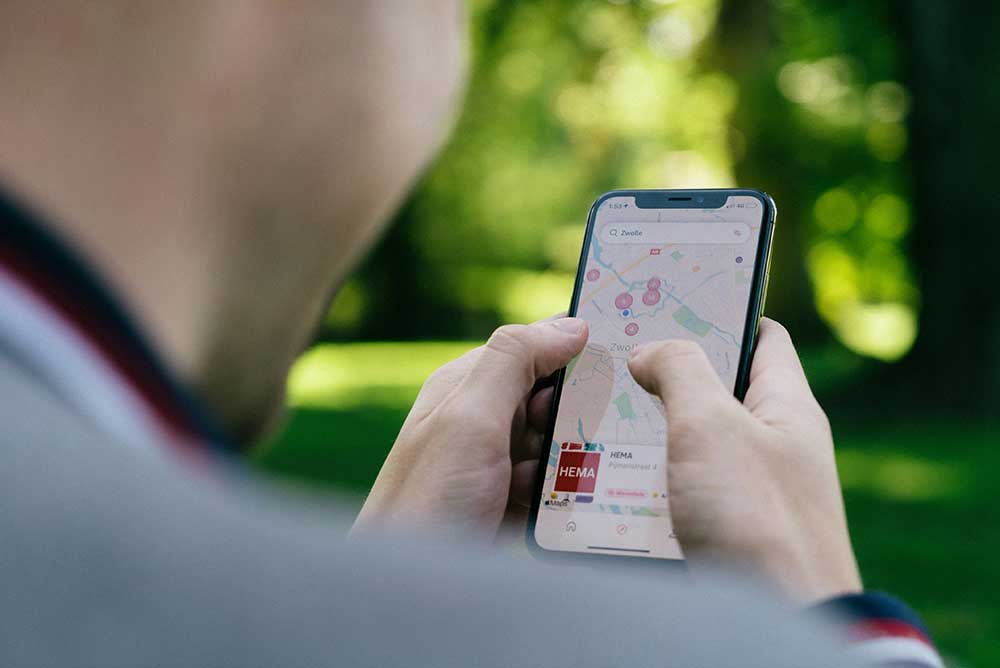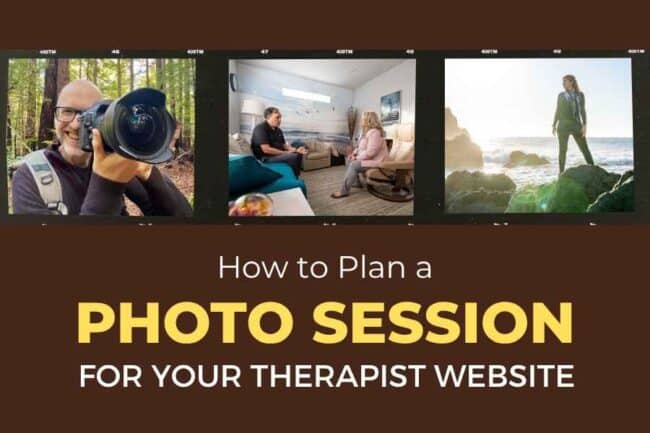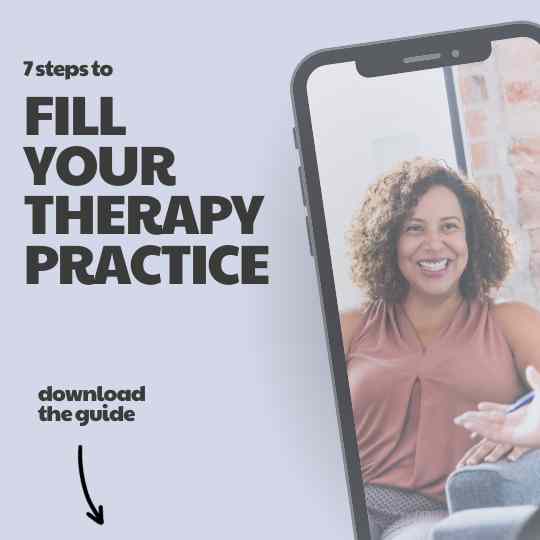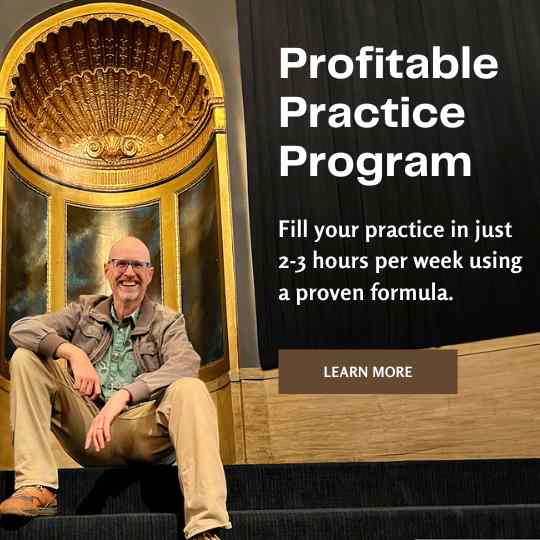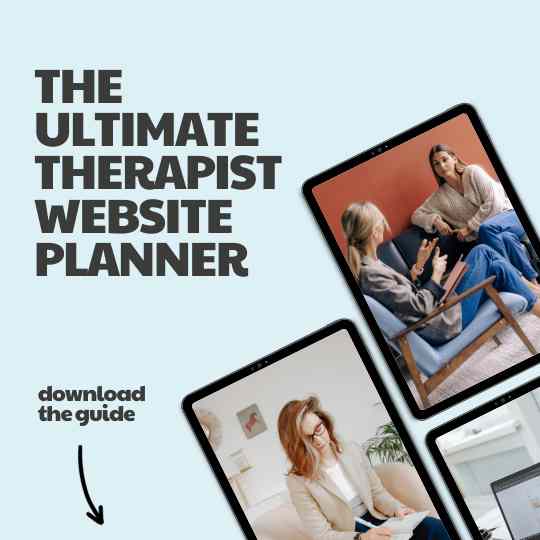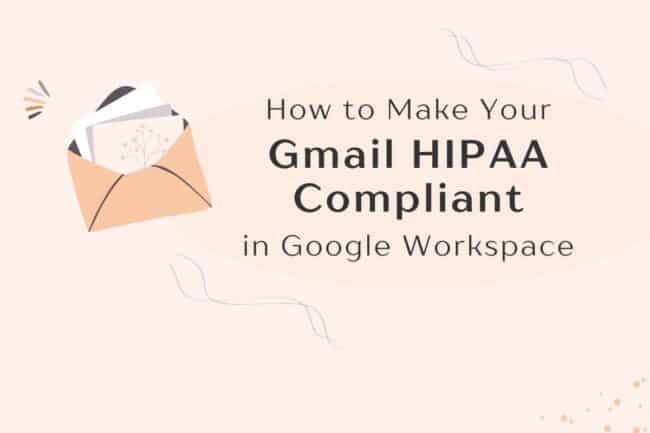Picture this: You’re a licensed therapist with a cozy office, stellar credentials, and genuine passion for helping people. Yet your waiting room feels like a ghost town while the therapist down the street (who frankly isn’t half as qualified as you) has a packed schedule. Sound familiar?
This scenario plays out thousands of times across the country. Qualified, caring practitioners wonder why their waiting rooms feel like ghost towns while less experienced competitors thrive. The brutal truth? Many therapists treat their Google Business Profile like an afterthought. They claim it, maybe upload a few photos, and assume that’s enough.
It’s not.
Your Google profile is often the first (and sometimes only) impression potential clients get of your practice. Get it wrong, and you’re invisible. Get it right, and you’ll have more qualified leads than you know what to do with.
Here, I’m going to share some of the most important things you need to get right with your Google Business Profile if you want your therapy practice to succeed.
But before you get stuck in, you should know about Localo. Localo is a GBP optimization tool that’s like your personal assistant for everything I’m about to share with you.
Sign up for a free trial and run a quick audit with Localo, and it will tell you everything you need to change, add, or remove from your Google profile in order to get it ranking higher in the map pack.
Why A Google Business Profile Matters for Therapy Practices
Did you know that 76% of people who search for local services on their smartphone visit a business within 24 hours?
This means your Google Business Profile isn’t just another directory listing. It’s prime real estate in Google’s search results, often appearing above regular website listings in the map pack. When someone searches “therapist near me,” Google shows three local businesses prominently at the top of the page. If you’re not one of those three, you might as well be invisible.
Your GBP also differs fundamentally from traditional website SEO. While your website needs to compete with Psychology Today, BetterHelp, and thousands of other therapy-related content powerhouses for organic rankings, your Google profile only competes with other local therapy practices. That’s a much smaller, more winnable battle.
So the biggest mistake you can make is to treat your GBP like it’s a business card that you just share with people when they ask for it.
4 Essential GBP Optimization Strategies for Therapists
Here are 4 ways you can get started today with optimizing your practice’s GBP and reaching more potential patients.
1. Nail your business information and categories
This sounds basic, but you’d be shocked how many therapy practices get the fundamentals wrong. Your Name, Address, and Phone number (NAP) must be 100% consistent across every platform where your practice appears online. I’m talking down to the punctuation – “Street” vs “St.” can actually hurt your rankings.
For mental health practitioners, the business name is particularly tricky. If you practice under your legal name but market as “Dr. Sarah’s Anxiety Therapy,” you need to pick one and stick with it everywhere. Google doesn’t like businesses that can’t decide what they’re called.
When it comes to category selection, Google allows you to choose a primary category and up to nine secondary categories. Your primary category should be something like “Mental Health Services” or “Psychologist” – never something generic like “Health Consultant.” Your secondary categories can include specialties like “Marriage Counsellor” or “Psychotherapist.”
Tip: If you’re unsure which primary category to pick, simply check what your main competitors are listed as and follow the majority.
You can also set up multiple service areas in Google, but be careful – if you go too broad, Google might flag you as spam. A good rule of thumb: if you wouldn’t realistically expect someone to drive to your office from that area, don’t include it in your service area.
2. Optimize Your Business Description
Your business description is your elevator pitch to potential clients, and I have seen many practices butcher it. They either write something so clinical that it sounds like a medical textbook, or they go so generic that they could be describing any mental health practice in America.
Here’s the secret: write for humans first, Google second. Your description should immediately answer two questions: “What specific problems do you solve?” and “Why should I choose you over other therapists?” Don’t just say you provide “quality mental health services” – that’s meaningless fluff.
Effective therapy practice descriptions include:
- Specific issues you treat (anxiety, depression, trauma, relationship problems)
- Your therapeutic approach in plain English (not medical jargon)
- What makes you different (years of experience, specialized training, unique methods)
- Geographic specificity (your neighborhood, city, or region)
Here’s an example of what NOT to write: “Dr. Smith provides comprehensive mental health services utilizing evidence-based therapeutic interventions to promote optimal psychological wellness.”
Here’s what WORKS: “Helping Austin residents overcome anxiety, depression, and relationship challenges through practical, evidence-based therapy. Specializing in cognitive behavioral therapy and EMDR for trauma recovery. Evening and weekend appointments available.”
See the difference? The second version tells potential clients exactly what problems you solve, how you solve them, and includes practical information they care about.
But then, you still need to make sure your description is optimized for SEO. This is where Localo comes to the rescue: it analyzes your successful competitors and picks out important words and phrases that you should also be using in your profile.
Blend these together, and you have a winning business description.
3. Master Your Photo and Visual Content Strategy
Photos are absolutely critical for therapy practices, but it can be hard to know how to capture such an intangible service (and respect patient privacy).
I recommend adding these photos to show prospective clients what to expect when they visit:
- Professional exterior shots of your building, including signage and parking areas
- Clean, welcoming office/waiting room photos
- Your actual therapy office (where sessions happen)
- A professional headshot (not a selfie, please)
- Team photos, if you have additional staff
Privacy considerations are paramount. Never, ever include photos of clients or any identifying information. No photos of your appointment book, client files, or anything that could remotely compromise patient confidentiality. This should be obvious, but I’ve seen it happen.
Photo optimization goes beyond just uploading images. Google reads the file names and metadata of your photos. Instead of uploading “IMG_1234.jpg,” rename your files to something descriptive like “anxiety-therapy-office-portland.jpg” or “couples-counseling-waiting-room-denver.jpg.”
Professional vs. authentic balance matters. Your photos should look professional but not sterile. Potential therapy clients want to see a warm, welcoming environment, not a medical facility. Include photos of yourself and your team to add a touch of personality.
Quantity matters too. Google rewards businesses with more photos. Aim for at least 10-15 high-quality images, and refresh them periodically. New photos signal to Google that your business is active and engaged. This is one of the metrics that Localo tracks, and it will make recommendations if you are falling behind your competitors.
4. Build and Manage Your Review Strategy
Reviews are the lifeblood of local SEO for therapy practices, but they’re also the most ethically complicated aspect of online marketing for mental health professionals. You need reviews to rank well locally, but you can’t compromise patient privacy or pressure vulnerable clients.
To request reviews conscientiously, try including a link and simple instructions in post-session emails for clients who’ve expressed satisfaction and completed treatment successfully.
A simple email like “If you feel our work together has been helpful, we’d appreciate a brief review on Google” is appropriate and professional.
Never offer incentives, pressure clients to leave reviews, or ask them to mention specific details about their treatment.
Responding to reviews is another important part of optimizing your GBP, but you should keep responses simple and generic. Thank the patient for taking the time to share their feedback and express how glad you are that they had a positive experience.
If you receive negative reviews (and everyone does from time to time), it’s important to remain professional and maintain patient privacy. Respond professionally and briefly, then handle the situation privately.
Measuring Success
So how do you know if all these efforts are paying off?
Forget about vanity metrics like total profile views – focus on measurements that actually correlate with new client acquisition:
- Local ranking positions for searches that matter: “therapist [your city],” “[your specialty] counselor [your area],” and “therapy near me” from your target locations.
- Profile actions like phone calls, direction requests, and website clicks from your Google Business Profile. These indicate genuine interest from potential clients.
Localo’s dashboard compiles all of this information for you so you can track changes in rankings and view increases in activity over time.
- Conversion tracking from Google Business Profile traffic to actual appointment bookings. Set up Google Analytics goals to track this journey.
- Review acquisition rate and average rating changes over time. Steady review growth indicates ongoing client satisfaction and engagement.
- Competitive positioning compared to other mental health practitioners in your area. Are you gaining ground or losing market share?
- ROI calculation: Track new clients who mention finding you through Google searches. If your GBP optimization generates 2-3 additional clients per month, it’s paying for itself many times over.
Timeline expectations: Most therapy practices see local ranking improvements within 4-6 weeks of proper optimization, with new client inquiries typically increasing within 8-12 weeks of consistent implementation.
Taking action
If all of this is new to you, don’t worry. Log into your Google Business Profile and work through the 4 areas I’ve mentioned, one at a time.
Within a couple of hours, you can have your GBP looking much healthier, but it’s important to keep monitoring it and adding fresh photos and posts regularly.
If you need help getting started, check out Localo and take advantage of the 14-day free trial. The audit will tell you a LOT about what you need to improve, even if you don’t have time to implement it all before the trial ends.
It will also take you through more advanced GBP optimization strategies like citation management and profile security.
Whichever approach you choose, it’s worth the investment to make sure your business gets the attention it deserves in local searches.

